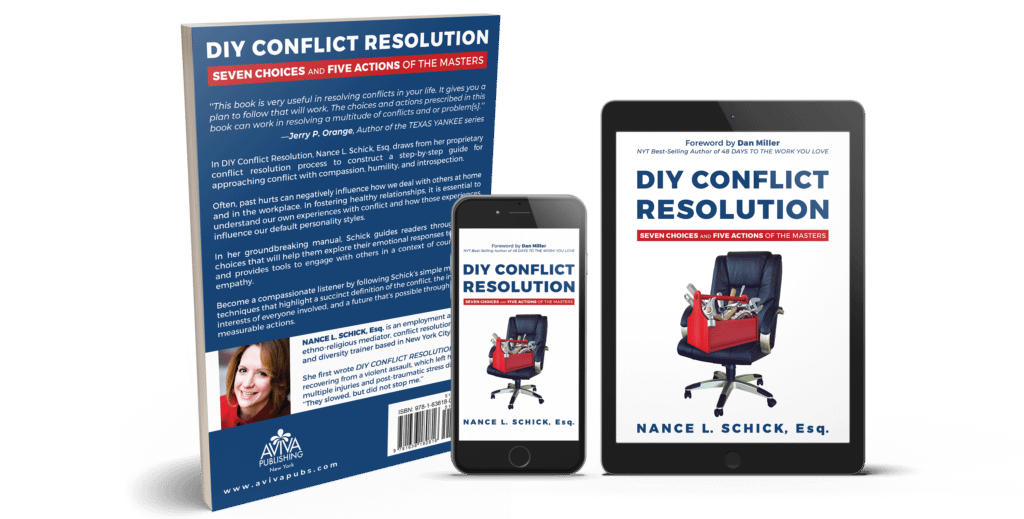Severing professional relationships with someone we’ve demonized can make us feel heroic. But feeling the need to separate from someone well-intentioned can make us feel like the self-absorbed jerks. We stay, telling ourselves the work demon just needs a little more guidance before behaving as we need them to. Hoping for the change and looking for it in everything they do, we wait it out. The tiniest actions bring hope:
- A promise
- A gift
- A new policy
- An apology
- Acknowledgment of our patience and commitment
“Sam” was no different. He was deeply committed to his organization’s mission, but he was frustrated by it’s leader’s disorganization, forgetfulness, and frequent overwhelm. “Bella” was kind and genuinely tried to do good in the world, but she also scheduled disruptive last-minute meetings with no clear agenda, often on holidays. She also demanded impossible results from vague instructions. These weren’t the worst things Sam had dealt with in his career. However, he was beginning to wonder if the time, money, and energy he was committing was wisely invested.
The Seven Choices: A Framework for Self-Awareness
Sam was regularly making The Seven Choices. He was forgiving, open, and compassionate with Bella. But he was also stressed out and resigned about his career, the organization’s mission, and the possibilities of something better. It was time for action.
Action One: Define the Conflict
Sam narrowed the issues. He and Bella seemed to disagree about what made the organization successful, especially in its relationship with its workers. This initial step was crucial to his understanding of the conflict, the root cause, and where to focus the potential solutions.
Action Two: Identify the Interests
When Sam accepted his position, he believed he was joining an organization–something that was organized. He thought he would have opportunities to thrive with Bella, contributing his top skills to serving their clients. Not expecting to do so much to stabilize the organization, he began to fear he was on a sinking ship. He wanted to make a difference in the world, but he didn’t think he could do that where he was without more action from Bella to back up her promises.
On the other hand, Bella, was unaware of Sam’s discontent. Although she was frequently witnessing the results of her disorganization, she believed she was doing her best to meet expectations and that should be enough. She was the Chief Executive Officer, after all, and no one was telling her how unhappy they were. Instead, they complained to each other. Sam had similar complaints, but he wasn’t telling Bella, either.
Action Three: Play with the Possibilities
Sam envisioned an ideal resolution where Bella became more organized, communicated clearly, and supported his success. Believing she was taking enough action in that direction, she wanted Sam to be more patient.
Action Four: Create the Future
Sam didn’t want to leave without giving Bella a chance to work with him toward a lasting resolution. Realizing he had been slightly hypocritical, he created a specific, measurable action plan to give her an opportunity to succeed. He requested a meeting with Bella the following week.
Prepared to share what was going well, what was not, and how the could both improve their experiences, Sam also developed a plan to leave if his concerns were dismissed. Although she was no demon, Bella did not respond, and she lied about receiving his messages. After several attempts to engage with her, Sam resigned with a heavy heart.
Action Five: Stay on PARR
Sam and I discussed the likelihood that he would encounter other leaders like Bella in the future. Rather than demonize them, he now has a framework to work through his response and take effective action. He understands it will often take multiple discussions and revisions to achieve lasting behavior change. Still committed to making a difference in the world, he is still planning, acting, revising, and repeating until he gets the results he wants.

